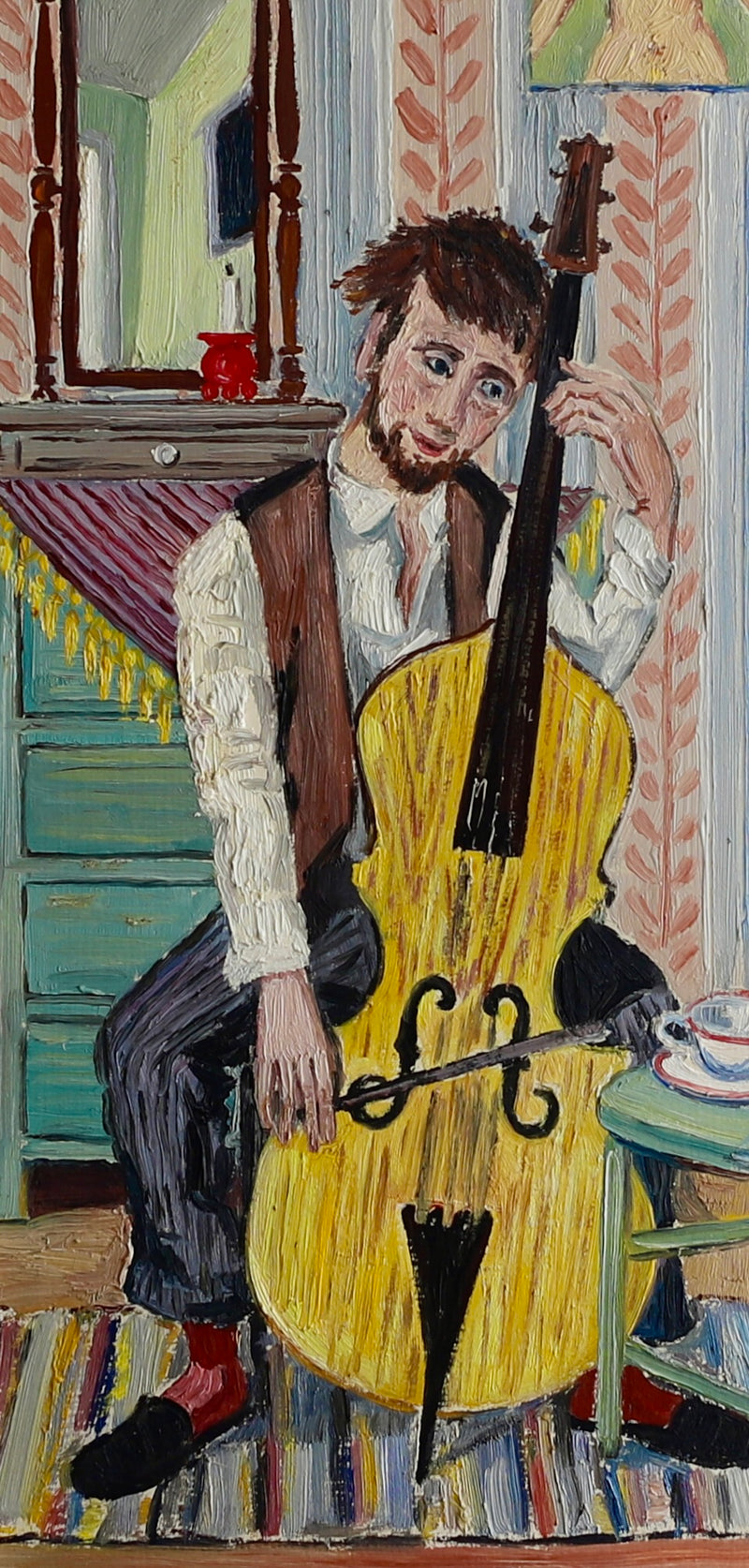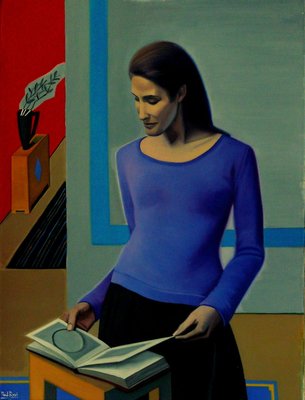Understanding Composition and Color in Figurative Oil Painting
Understanding Composition and Color in Figurative Oil Painting
Blog Article
A Journey With the World of Figurative Oil Paint: Finding the Unique Attributes and Psychological Depth of the Tool

Background of Figurative Oil Paint
Emerging during the late Center Ages and flourishing throughout the Renaissance, figurative oil paint has an abundant history that shows both imaginative development and social development. At first, oil paints were made use of in Europe as a way to enhance the luminosity and deepness of shade in art work. Artists such as Jan van Eyck originated the medium, showing its potential to catch elaborate details and structures, hence enabling a much more lifelike depiction of the human type.
As the Renaissance proceeded, prominent numbers like Leonardo da Vinci and Michelangelo expanded the limits of metaphorical oil paint. They highlighted physiological accuracy and viewpoint, producing works that shared emotion and narrative depth. The tool's adaptability permitted for experimentation with light and darkness, leading to the development of chiaroscuro strategies that even more enriched the visual experience.
One-of-a-kind Characteristics of the Medium
The advancement of figurative oil painting has actually been dramatically influenced by the distinct features of the medium itself. Oil paint, composed of pigments put on hold in oil, provides musicians a remarkable versatility that permits for a vast array of structures and finishes. Its sluggish drying out time allows thorough blending and layering, which can create depth and luminance unattainable in various other tools.
Additionally, oil paint's abundant pigmentation supplies lively colors that keep their strength in time. This particular is important in figurative painting, where capturing the nuances of skin tones and emotional expressions is critical. The capacity to achieve refined gradients and soft transitions enhances the lifelike top quality of subjects, enabling musicians to share complicated moods.
Additionally, oil paint sticks well to numerous surfaces, such as timber, canvas, and metal, expanding the scope of imaginative expression. The tool's flexibility supports different strategies, from detailed realism to meaningful brushwork, allowing artists to discover their individual styles.
Ultimately, the unique homes of oil paint not just improve the aesthetic experience but also empower musicians to communicate extensive stories, making figurative oil paint a deeply evocative art type.
Techniques and Designs Utilized
Within the realm of metaphorical oil painting, artists employ a varied array of methods and styles that add to the depth and splendor of their job. One popular strategy is polishing, where clear layers of paint are used over dried out layers, permitting light to show and penetrate, boosting brightness and deepness. This method is often made use of to achieve a sense of realistic look and intricacy in skin tones.
One more technique is impasto, where thick layers of paint are applied with a palette blade or brush, creating a distinctive surface that includes a three-dimensional top quality to the painting. This design can stimulate a natural feedback, attracting the viewer in through its tactile nature.
Musicians also discover numerous brushwork styles, from fine, thorough strokes that catch elaborate attributes to more comprehensive, much more expressive strokes that communicate movement and emotion (figurative oil painting). The selection of shade scheme dramatically influences the overall state of mind of a piece, with warm tones typically imparting feelings of convenience and cool tones suggesting melancholy
Additionally, the assimilation of chiaroscuro, the comparison between light and darkness, permits artists to develop significant impacts that enhance the narrative top quality of their job. Each technique and design is very carefully picked to boost the visitor's experience and understanding.
Psychological Deepness in Figurative Art
Emotional deepness works as a keystone in figurative art, enabling musicians to go beyond simple representation and engage visitors on a profound degree. This emotional vibration is typically her response accomplished via the nuanced portrayal of human figures, expressions, and interactions. Artists harness the power of darkness, light, and shade to stimulate sensations that reverberate deeply with the target market, developing a natural link to the subject matter.
In figurative oil paint, the complex layering of paint can reflect the complexities of human feeling. The option of scheme, whether great or cozy, plays an essential function in setting the mood and ambience of a piece. Softer tones might stimulate serenity and self-questioning, while bold, different colors can interact stress and drama.

Influential Artists and Their Functions
Numerous significant musicians have considerably shaped the landscape of figurative oil painting, each contributing one-of-a-kind viewpoints and techniques that proceed to motivate modern designers. Amongst these musicians, Lucian Freud stands out for his intense emotional deepness and raw representation of the human form, frequently blurring the lines special info between charm and decay. Freud's works, characterized by thick, impasto brushstrokes, invite audiences to challenge the complexities of identification and susceptability.

In A Similar Way, Andrew Wyeth's meticulous realistic look in items like "Christina's World" records extensive stories within apparently basic make-ups. His use light and darkness stimulates a feeling of nostalgia and emotional resonance, attracting viewers into the intimate globes he represents.
In the world of modern-day art, Kehinde Wiley has actually acquired acknowledgment for his dynamic, epic pictures that challenge conventional notions of depiction. By positioning individuals of shade in contexts reminiscent of classical portrait, Wiley's work redefines the canon of art history.
These artists, together with others, have not just enriched figurative oil paint yet have additionally increased the dialogue bordering culture, feeling, and identification, making certain that the medium stays a vital form of expression in the art world. figurative oil painting.
Final Thought
Finally, figurative oil painting stays an effective medium that encapsulates the complexities of human emotion with its abundant pigmentation and versatile methods. The historical evolution of this art form, incorporated with its unique qualities, allows for profound creative expression. Methods such as glazing and impasto enhance the emotional resonance of each piece, while the payments of significant artists proceed to form the discourse and inspire bordering this classic category. The journey with metaphorical oil paint exposes its long-term significance in the art world.
The expedition of metaphorical oil paint provides an extensive understanding into the interplay of method, feeling, he has a good point and historical context that defines this age-old tool. Oil paint, made up of pigments put on hold in oil, supplies musicians an impressive flexibility that enables for a wide range of coatings and structures.Within the world of metaphorical oil painting, artists employ a varied array of methods and designs that add to the deepness and richness of their work.Countless influential artists have actually significantly formed the landscape of metaphorical oil paint, each adding distinct viewpoints and strategies that continue to motivate modern designers.In final thought, figurative oil painting continues to be an effective medium that encapsulates the complexities of human feeling via its abundant coloring and functional strategies.
Report this page